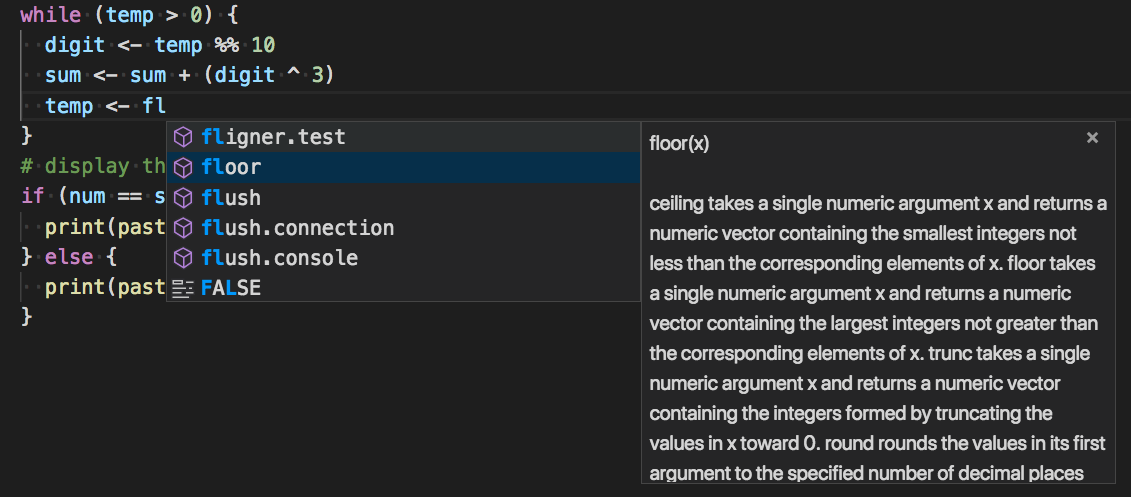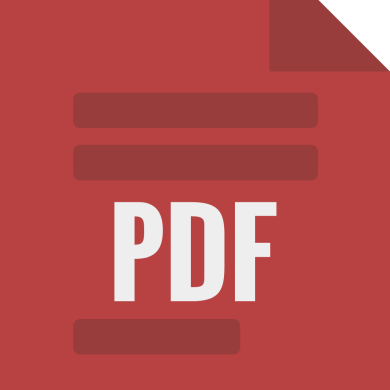



More advanced features might include code suggestions, a debugger, and integration with online repositories.Ītom is a customizable text editor maintained by social coding megalith GitHub, so as you'd expect it can do pretty much anything you can imagine. Whichever Python IDE you choose to run with, at a minimum you'll want an application that does syntax highlighting, code-folding and bracket-matching, has some awareness of the constituent source files of a project, and can run the code you're working on. As programming is an increasingly important business sector, especially for cloud services as well as general business applications, there are also paid-for tools that aim to offer more. There is a surprising amount of choice out there, and the open source mentality that underpins a lot of the coding community also applies here, so there are quite a number of free tools available. Additionally, some IDE's have limits on how much code you can use, though are often free to compensate, while paid-for IDE's allow for much more freedom. While very simple programs don't require specialist tools, once past that stage some form of IDE becomes necessary, but there are a number of different types and some are better at supporting some languages than others. An Integrated Development Environment (IDE) allows you to run programming code written in different programming languages, and having an IDE to run Python is important due to Python's increasingly popular use across a range of computing and scientific applications, underlined by the rise of analytics and business intelligence.


 0 kommentar(er)
0 kommentar(er)
